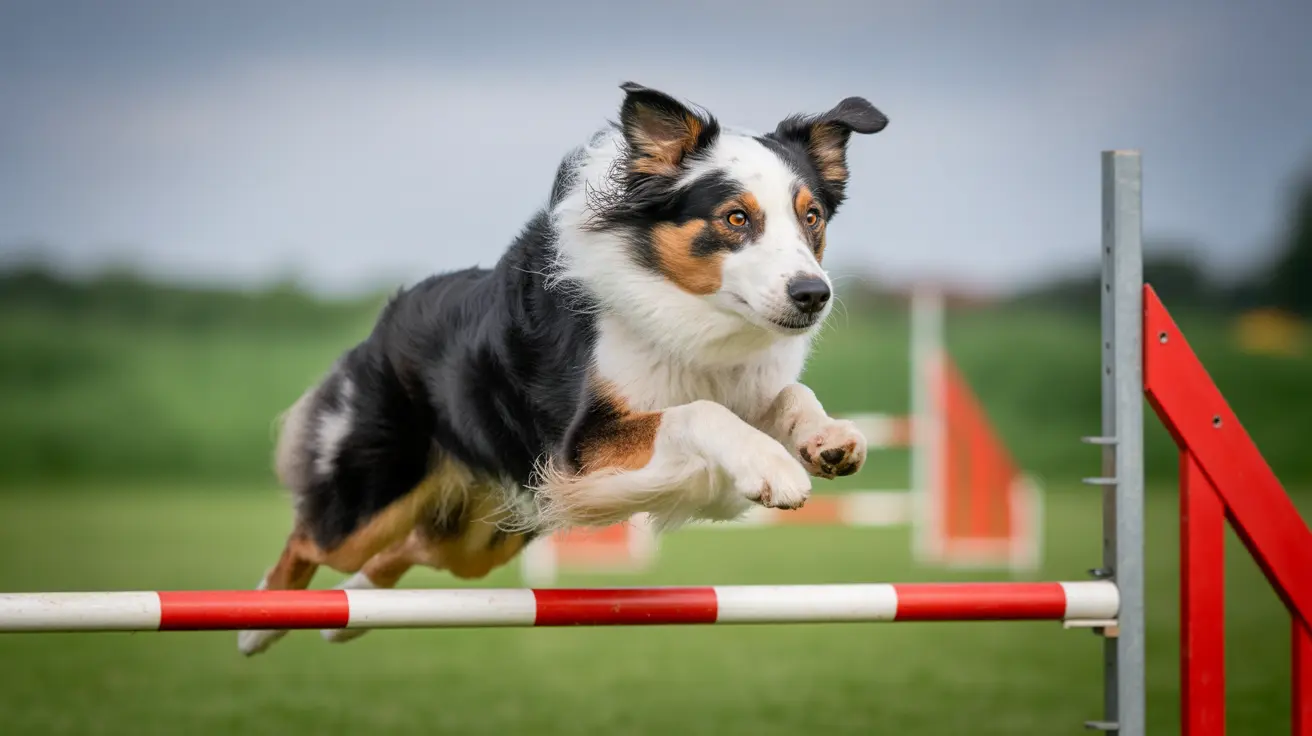F1 vs F2 Doodles: Which Generation Is Better for You?
Poodle mixes, or doodles, are popular hybrid dogs known for their intelligent, friendly temperaments and low-shedding coats. As interest in these hybrid dogs grows, potential owners often encounter generational labels such as F1, F1B, and F2, which describe the dog's lineage and breeding. A common question is: "Is it better to get an F1 or F2 dog?" The answer largely depends on your lifestyle, grooming preferences, and expectations for size, coat, and temperament.
What Does F1 and F2 Mean?
- F1 (First Generation): A 50/50 cross between a purebred Poodle and a purebred parent of another breed, such as a Labrador (Labradoodle) or Golden Retriever (Goldendoodle).
- F2 (Second Generation): The result of breeding two F1 dogs together. This generation has more genetic diversity and potential for variation.
Advantages of F1 Dogs
- Predictable traits: Due to the direct cross of two purebred parents, F1 dogs tend to have more consistent traits in terms of coat, size, and temperament.
- Hybrid vigor: F1 doodles benefit from the crossbreeding of two distinct lines, often resulting in healthier dogs with fewer inherited genetic disorders.
- Balanced appearance: An F1 doodle may showcase clear features from each parent, offering a classic hybrid look.
Disadvantages of F1 Dogs
- Variable shedding: There's a greater chance that the dog may inherit shedding traits, especially from non-Poodle breeds like Golden Retrievers or Labradors.
- Unpredictable grooming needs: Coat texture can range from wavy to straight or curly, requiring a learning curve in grooming and maintenance.
Advantages of F2 Dogs
- More coat consistency: Breeders can refine coat types, producing F2 doodles with more uniform, often more hypoallergenic textures.
- Customization: Through selective breeding, F2 doodles can be tailored for certain looks or temperaments (e.g., curlier coats, milder temperaments).
- Diversity of options: As breeding programs expand, more size and color variations are available in F2 generations.
Disadvantages of F2 Dogs
- Less hybrid vigor: F2 breeds may have slightly increased risks for inherited conditions due to overlapping genetic lines.
- Increased variability: Even with two F1 parents, the offspring might inherit a wide spectrum of traits, making outcomes harder to predict.
- Breeding quality matters more: The health and temperament of the F1 parents greatly influence the F2 generation, so choosing an experienced, reputable breeder is essential.
Which Is Right for You?
The decision between an F1 and an F2 doodle depends on what you’re looking for in a pet:
- If you want a balanced companion with hybrid vigor and a mix of recognizable traits, an F1 doodle may be best.
- If you prefer a dog with a reduced likelihood of shedding and a more defined coat and personality, consider an F2 doodle from a responsible breeder.
Important Considerations Before Adopting
- Grooming: All doodles, regardless of generation, require regular grooming. Coats may need professional trims every 6–8 weeks.
- Exercise: Active and intelligent, both F1 and F2 doodles need regular physical and mental stimulation.
- Training: Early socialization and obedience training are crucial. Poodle mixes respond well due to their high intelligence.
- Health: Always research breeders, as doodles are sometimes bred irresponsibly for profit. Choose breeders who perform genetic testing and clearly explain their breeding practices.
Conclusion
Whether choosing an F1 or F2 Poodle mix, understanding the genetics behind these generations can help you make the right decision. Both offer affectionate, lively companionship—but cater differently to owner expectations around grooming, consistency, and activity level. Ultimately, it's not about which generation is better overall, but which is better for you.





